(Prices correct as of today’s date, are updated daily, are subject to change and represent genuine availability at time of update).
Cruise only holidays are financially protected by ABTA. Fly cruise holidays are financially protected by Royal Caribbean International under ATOL number 3088
Please click here to check the essential travel requirements before booking this cruise.
Want to add a hotel stay or change your flights?
Just call our team of cruise specialists to help build your dream cruise holiday today!
Prices based on 2 people sharing. Cruise only price does not include flights. Fly-cruise price may vary by chosen UK airport.
Associated Packages
Discover hotel stays and land programmes included in this itinerary
Itinerary
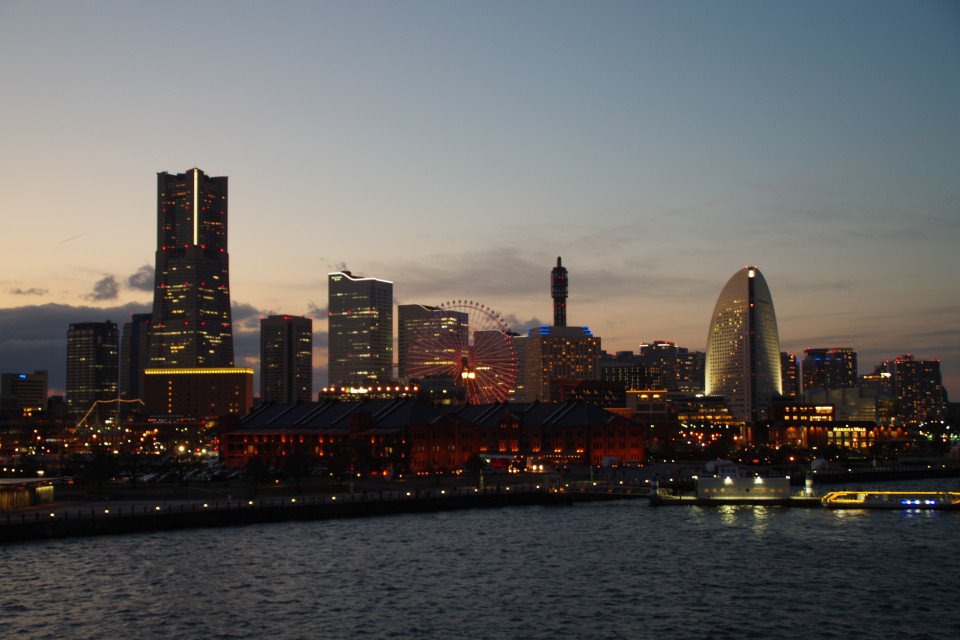
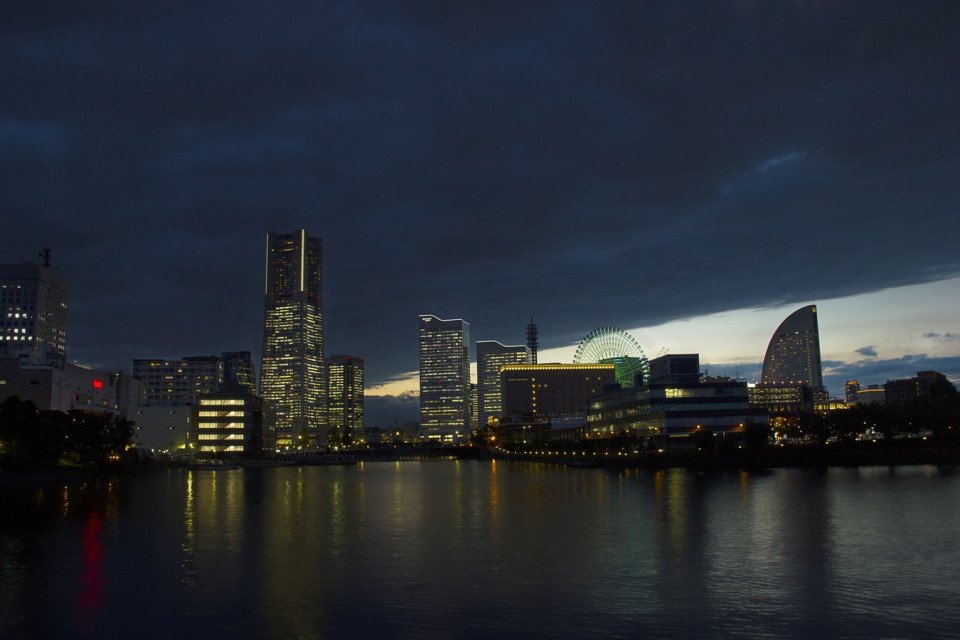
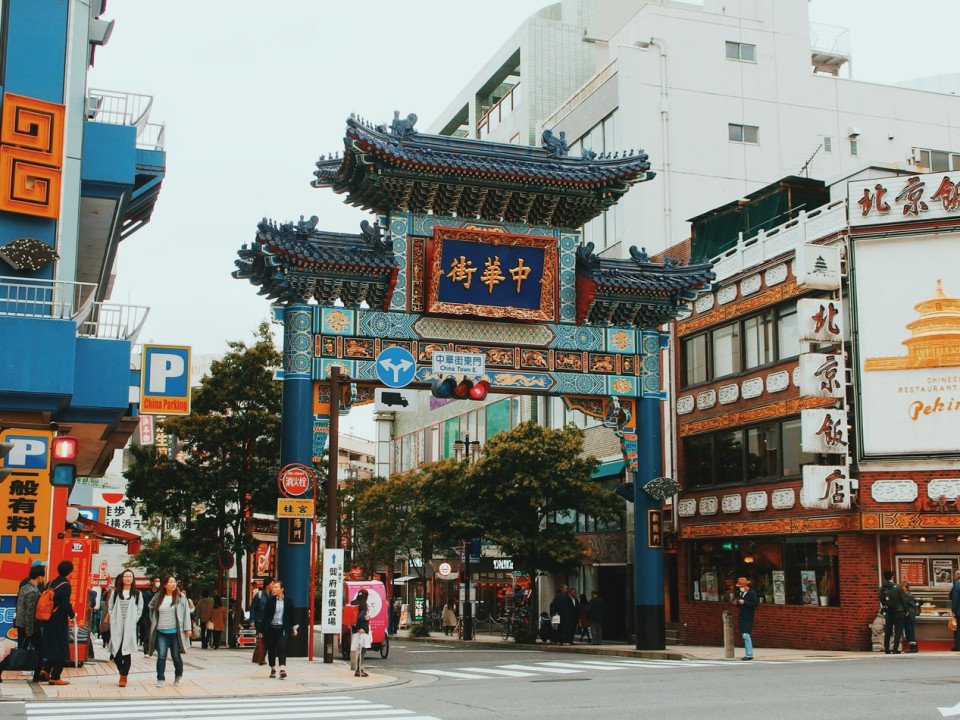
Yokohama
In 1853, a fleet of four American warships under Commodore Matthew Perry sailed into the bay of Tokyo (then Edo) and presented the reluctant Japanese with the demands of the U.S. government for the opening of diplomatic and commercial relations. The following year Perry returned and first ... Read More
Yokohama
Shimizu
At Sea
Osaka
At Sea
At Sea
At Sea
At Sea
At Sea
At Sea
Crossing the International Date Line
At Sea
At Sea
At Sea
At Sea
Los Angeles, California
Los Angeles, California
What's Included with
Royal Caribbean International
One of the main benefits of a cruise holiday is not having to worry about all the finer details - everything is taken care of in advance, so your only job is to relax and enjoy the experience!
Accommodation, food, soft drinks and refreshments are all included and enjoy speciality restaurants at a supplementary cost. You can also sit back and relax by enjoying on-board entertainment, activities and facilities. Fancy a late night dip in the pool, a spin on the roulette wheel or an evening out at the ship’s theatre? You’ll be spoilt for choice!
There are plenty of family-friendly options on board many Royal Caribbean cruise ships, too. A host of enjoyable youth programmes ensure your whole family will have a fantastic time while sailing to your exciting destination.
Accommodation
Breakfast, lunch, dinner and snacks in a choice of included dining venues
Entertainment throughout the day and evening
Use of swimming pools, hot tubs, fitness centre and leisure facilities where available
Return flights included from a choice of UK airports (fly cruise bookings only)
Port taxes
Selected hot drinks, iced tea, lemonade, juices, and water in selected venues
Porterage of luggage from port to cabin
Youth programmes for babies to 17-year-olds
Sailaway parties, themed nights and deck parties
Shuttle service to and from ports and airport where available
Everything you need right at your fingertips! Includes accommodation, meals, entertainment and onboard activities. Plus, drinks such as water, squash, tea and coffee are also free of charge.
Explore Ovation of the Seas
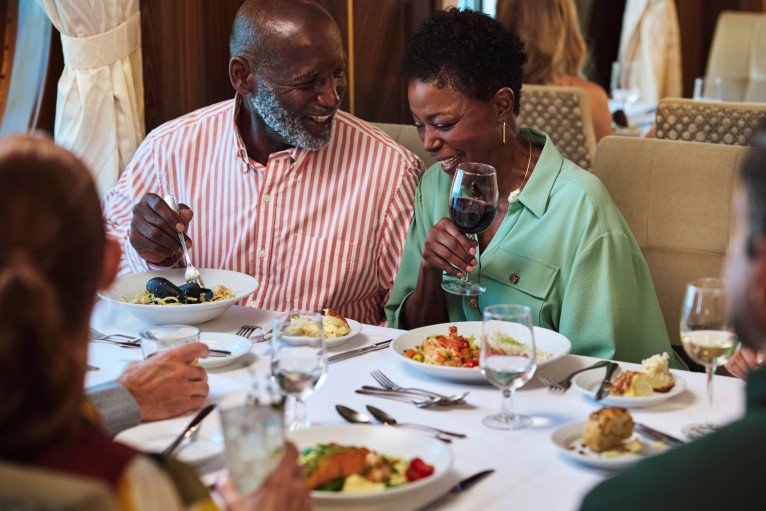


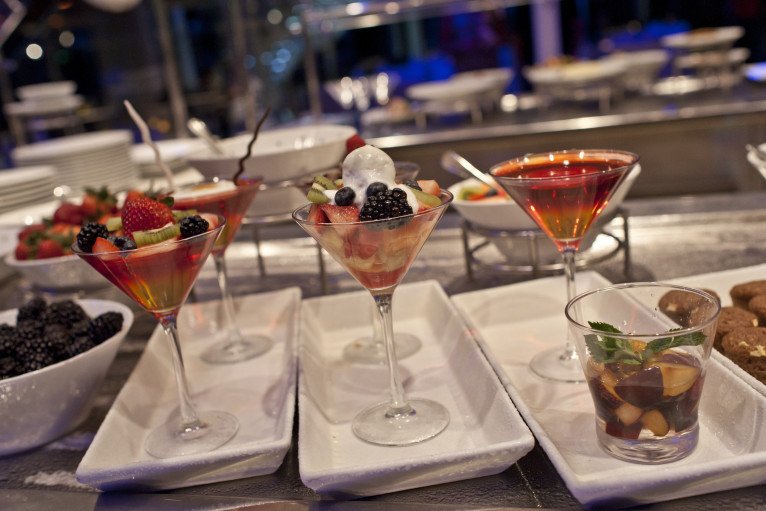












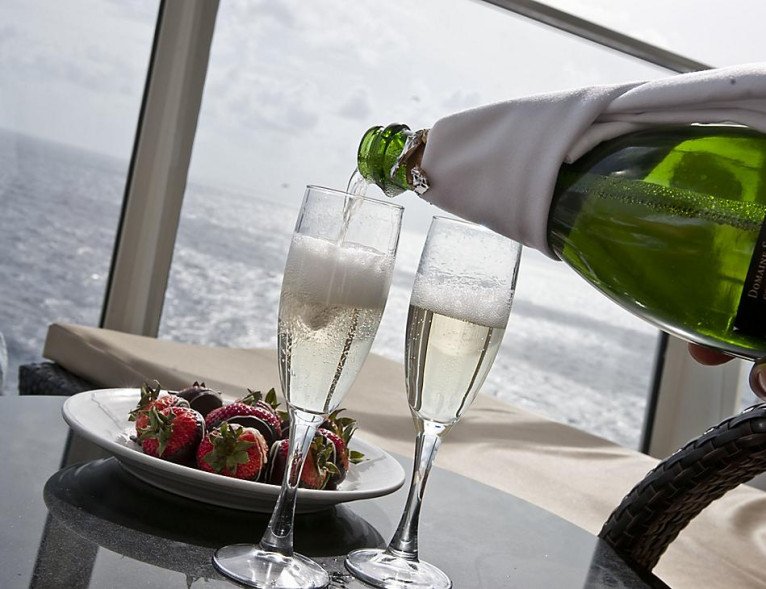

Main Dining Room
GOURMET COURSES
In the Main Dining Room, you can experience flavours that take you from Jamaica to Jaipur, a rotating menu of delicious dishes always offering something unexpected. A multi-level restaurant that in the morning is the perfect spot to enjoy a hearty brunch paired with refreshing mimosas, at dinnertime transforms into a world class dining experience with a menu that invites you to taste your way around the world course by course.
ATTIRE
Smart Casual
MENU HIGHLIGHTS
Many of the dishes on the Main Dining Room’s menu rotate each night, which means you could go an entire week without ever repeating a course. Every meal here begins with something delicious from the starters section of the menu — like savoury duck terrine layered with apricot chutney on toasted sourdough bread, a flaky Vidalia onion tart baked with whipped eggs, cream, and smoked bacon, or spiced eggplant and Kalamata olive tartare prepared with red pepper hummus and served on crispy garlic bread. Then, choose from international entrees like Moroccan spiced ahi tuna served over mint couscous, sautéed spinach and tequila peppers with a cool yogurt vinaigrette. Or mojo-marinated bone-in pork loin paired with sweet potatoes, broccoli and a cumin-citrus reduction. Dessert is also worth getting excited about, with options like sweet cream-soaked tres leches, home-style carrot cake with cream cheese frosting, and a light and fluffy Grand Marnier soufflé.
NOTE
Food offerings may differ by ship and sailing.
PRO TIP
The food in the Main Dining Room is complimentary, and you can order as many courses as you like.

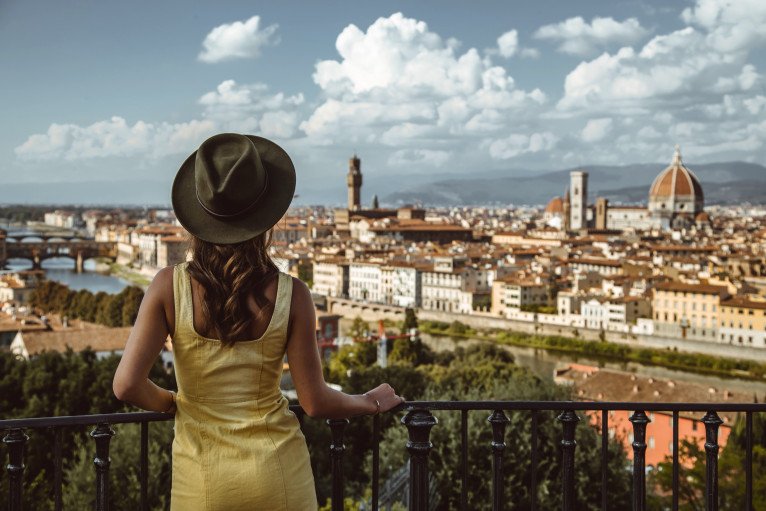
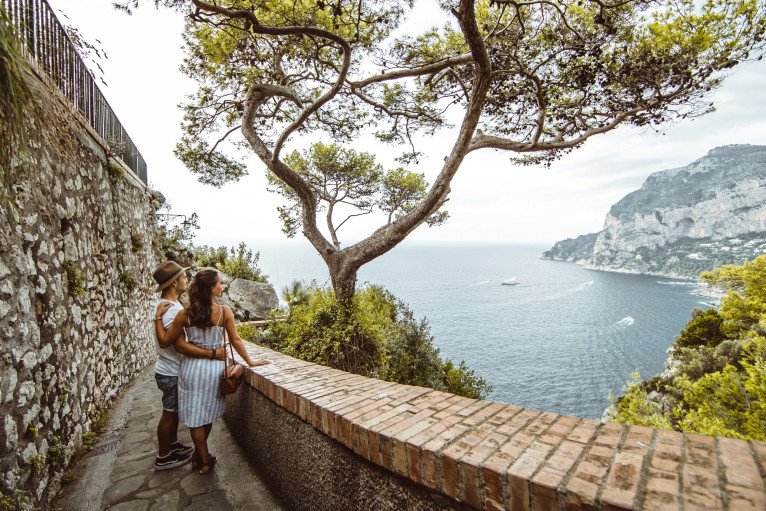

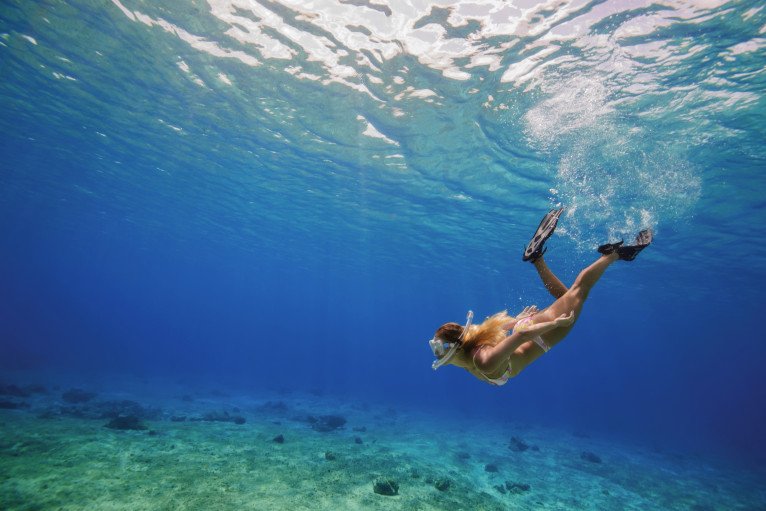


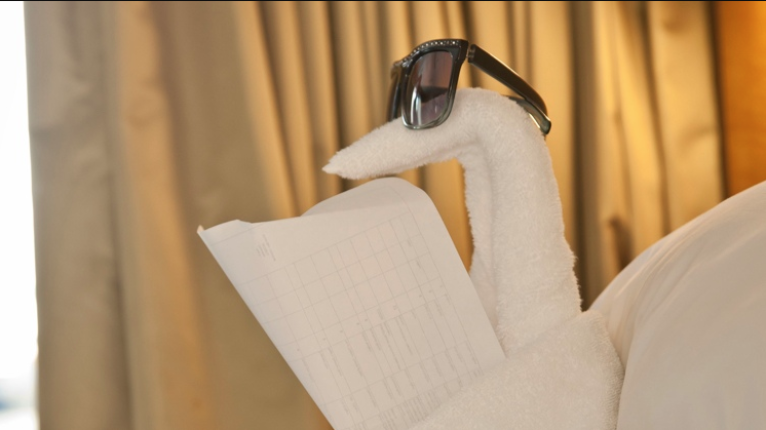
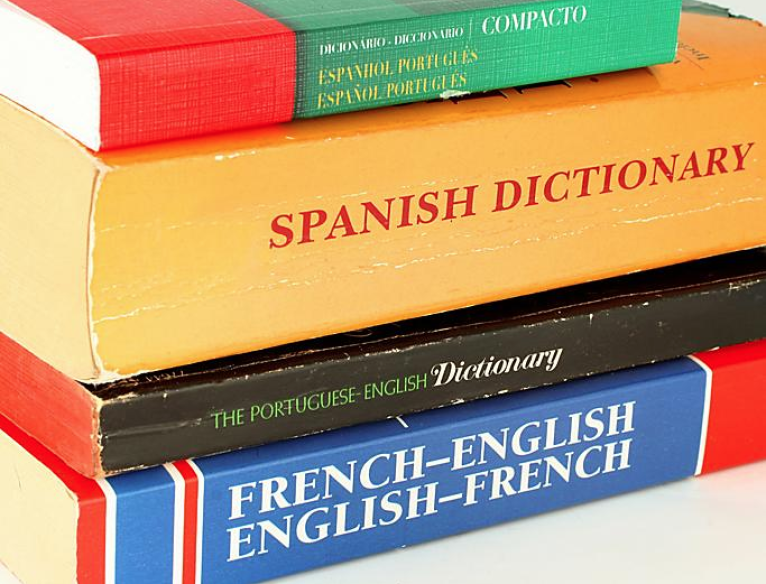
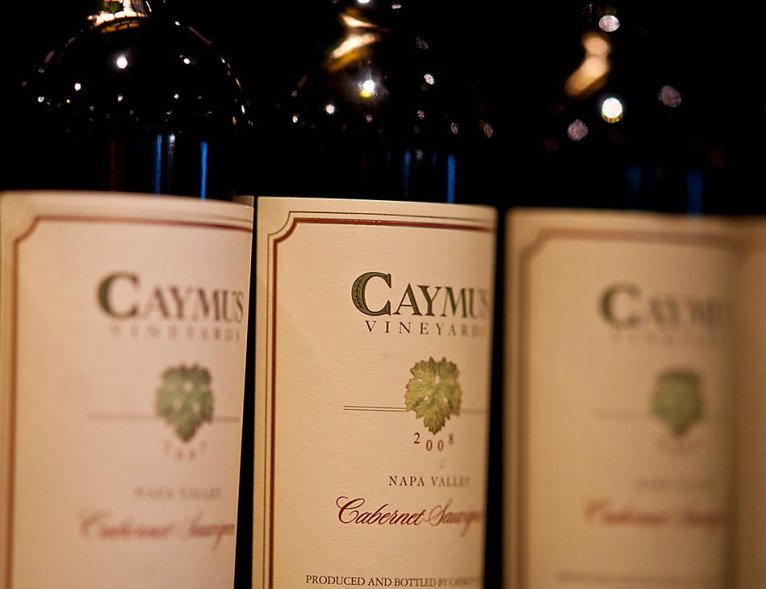

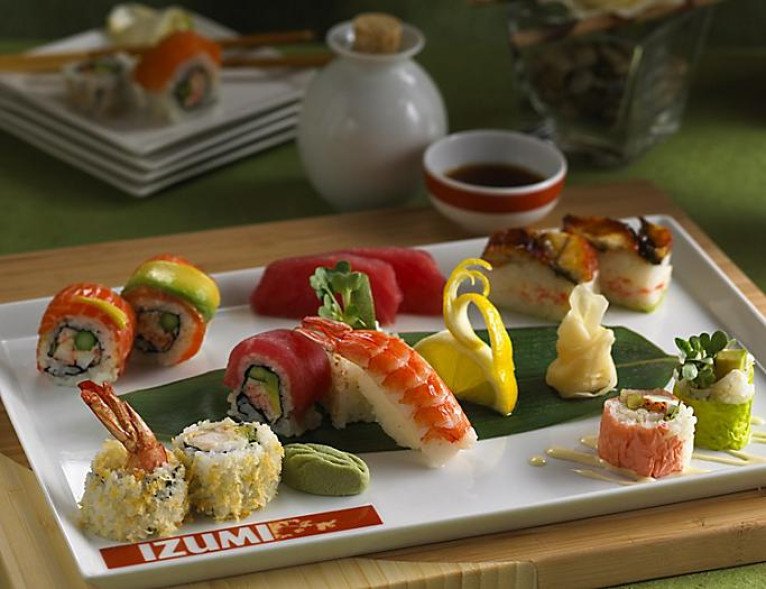

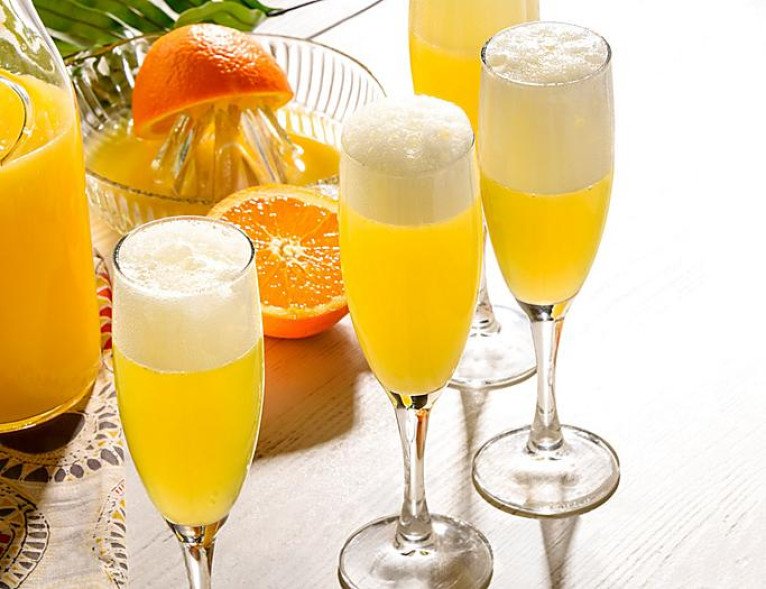

Shore Excursions & Guided Tours
Whether you dream of trailblazing through the Alaskan tundra, learning how to whip up traditional Mediterranean dishes on the Greek isles, or sampling rum at centuries-old distilleries in the Caribbean, you’ll find the world is brimming with full day adventures — and nobody takes you deeper than Shore Excursions. Explore every shore your way with excursions and guided shore trips designed to thrill all kinds of traveler, from couples craving a little extra romance to families looking to bond over bucket list moments. No matter what kind of vacation experience you’re after, you’ll find new and exciting ways to make memories on your next getaway with a Shore Excursion. Unleash your inner explorer and discover bold new ways to connect with the people, culture and places around you as you cruise from one unforgettable port of call to another.

















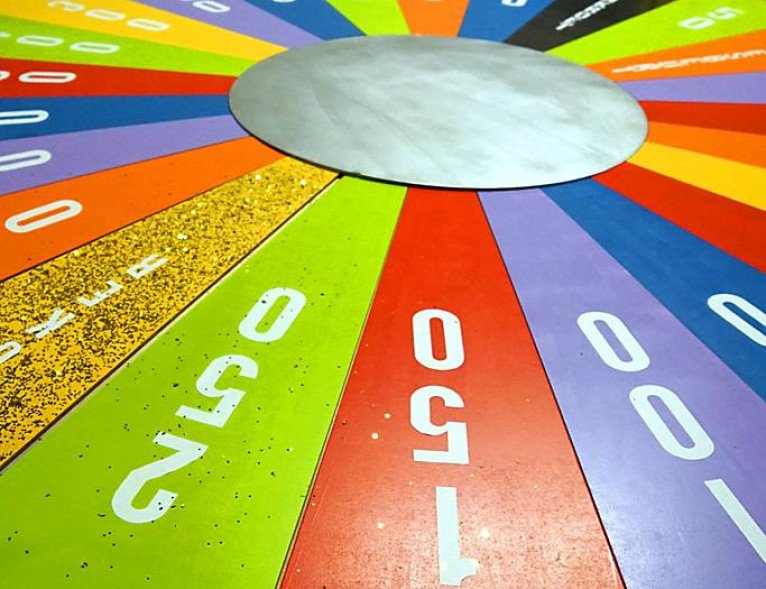


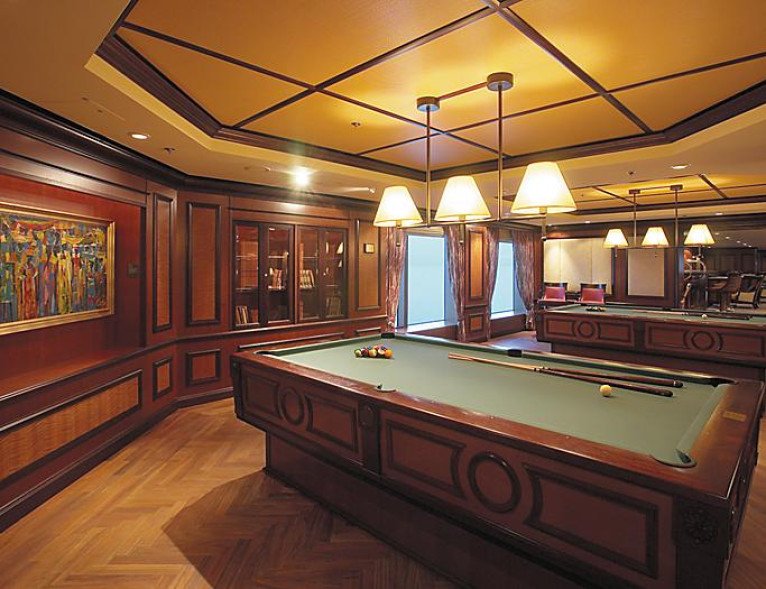





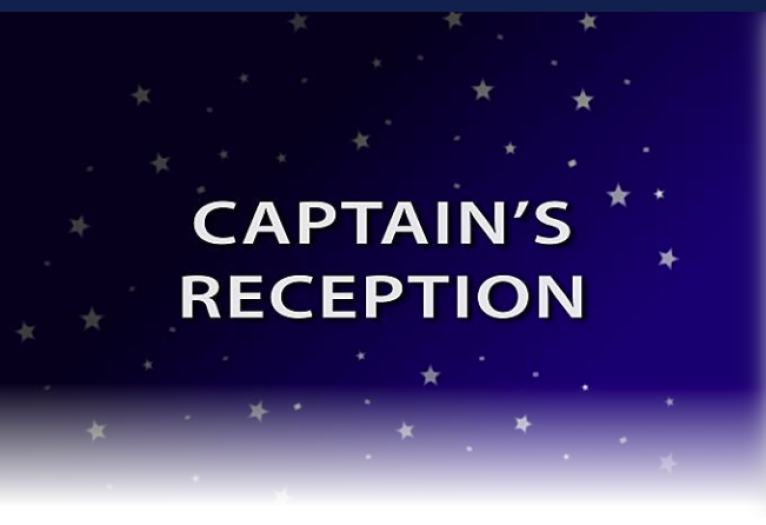

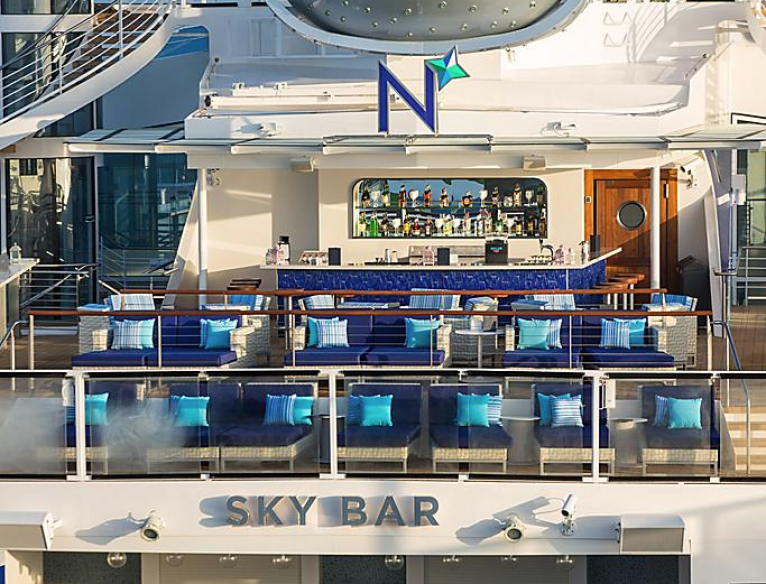


North Star®
It’s time to raise the bar on adventure – with 360-degree views of the world from 100 metres above sea level in the North Star® observation capsule – winner of the Guinness World Record for tallest viewing deck on a cruise ship.
RESTRICTIONS
Must be at least 107 cm tall, or 122 cm to ride alone, and weight a maximum of 136 kg. THE SKY'S THE LIMIT
HOW TO RESERVE
Cruise Planner
FEES MAY APPLY
Prices are subject to change and may vary by market and sailing.
QUANTUM OF THE SEAS® UPDATE
The North Star onboard Quantum of the Seas is currently not available for guests to enjoy. We apologise for the inconvenience.


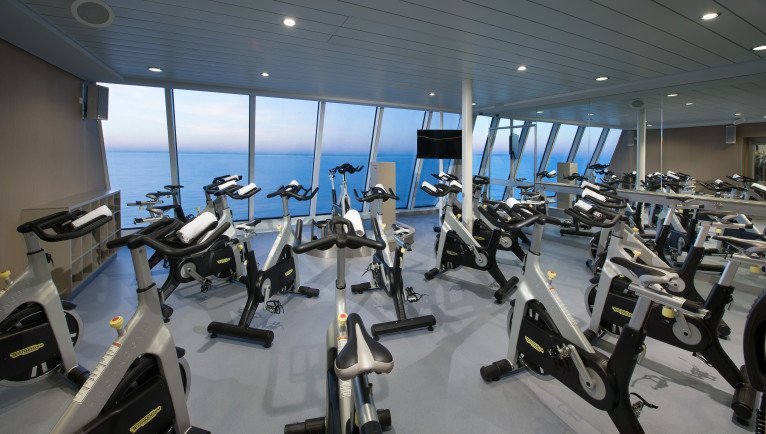

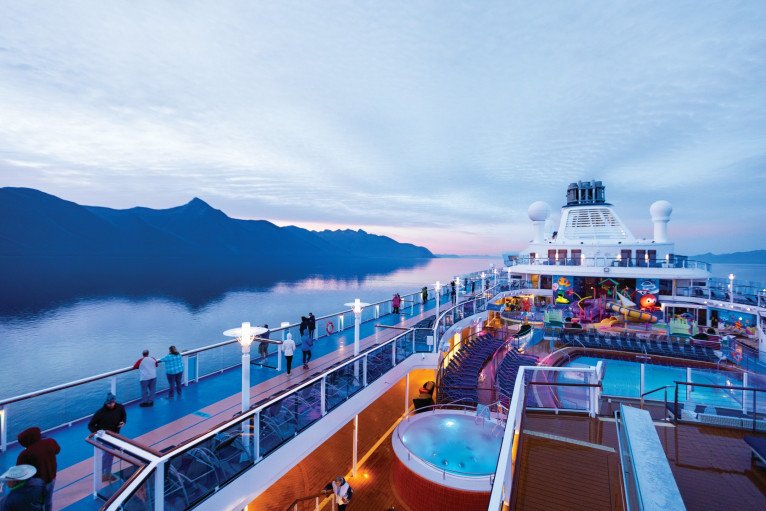


Solarium
SUN AND SERENITY
Slip away to this adults-only indoor and outdoor retreat. The Solarium is your slice of paradise, with soothing whirlpools, warm sunshine and a refreshing water mist.
RESTRICTIONS
18+ years old
DISCLAIMER
Images might not be accurate depictions of the venue. Venue appearance varies by ship.


Adventure Ocean®
SMALL HANDS ON DECK
'Are we there yet?' is a thing of the past. We keep every child entertained with games, events, age-appropriate activities and more in our award-winning Youth Program.
AGE RANGE
3-11 years
INSIDER TIPS
Adventure Ocean space varies by ship
Deck 16

- Vitality at Sea Fitness Centre
- The Studio
- North Star®
- Seaplex®
- RipCord by iFly®
- Flowrider®
Deck 15

- Vitality at Sea Spa
- Spa Reception
- Running Track
- North Star®
- North Star Bar
- Fuel Teen Disco
- Arcade
- Seaplex®
- Seaplex Doghouse
- Rock Climbing Wall
Deck 14

- Solarium
- Sunshine Bar
- Solarium Bistro
- Sea Trek
- Whirlpools
- Pool
- Pool Bar
- Sky Bar
- Outdoor Pool
- Outdoor Movie Screen
- Splashaway Bay
- Fish & Ships
- The Living Room
- Coastal Kitchen
- Windjammer Market Place
Deck 13

- Conference Centre
- Grand Suite with Large Balcony - 1 Bedroom
- Junior Suite
- Junior Suite with Large Balcony
- Ocean View with Large Balcony
- Ocean View Balcony
- Obstructed Ocean View Balcony
- Connecting Oceanview Balcony
- Interior with Virtual Balcony Accessible - x1 Stateroom
- Connecting Interior
- Interior with Virtual Balcony
- Studio Interior
Deck 12

- Adventure Ocean®
- Concierge Club
- Grand Suite - 1 Bedroom
- Junior Suite with Large Balcony
- Owner's Suite - 1 Bedroom
- Ocean View with Large Balcony
- Ocean View Balcony
- Connecting Oceanview Balcony
- Interior with Virtual Balcony
- Studio Interior
Deck 11

- Adventure Ocean®
- Grand Suite - 1 Bedroom
- Junior Suite
- Junior Suite with Large Balcony
- Owner's Suite - 1 Bedroom
- Ocean View with Large Balcony
- Ocean View Balcony
- Connecting Oceanview Balcony
- Spacious Ocean View
- Interior with Virtual Balcony Accessible - x2 Staterooms
- Connecting Interior
- Interior with Virtual Balcony
- Studio Interior
Deck 10

- Grand Suite - 2 Bedroom
- Grand Suite - 1 Bedroom
- Junior Suite
- Junior Suite with Large Balcony
- Grand Loft Suite
- Sky Loft Suite
- Connecting Oceanview Balcony
- Ocean View with Large Balcony
- Ocean View Balcony
- Spacious Ocean View
- Interior with Virtual Balcony
- Studio Interior
- Interior with Virtual Balcony Accessible - x4 Staterooms
- Connecting Interior
Deck 9

- Grand Suite - 2 Bedroom
- Grand Suite - 1 Bedroom
- Junior Suite
- Junior Suite with Large Balcony
- Ocean View Balcony Accessible - x4 Staterooms
- Connecting Oceanview Balcony
- Ocean View with Large Balcony
- Ocean View Balcony
- Spacious Ocean View
- Interior with Virtual Balcony
- Studio Interior
- Interior with Virtual Balcony Accessible - x4 Staterooms
- Connecting Interior
Deck 8

- Owner's Loft Suite
- Grand Suite with Large Balcony - 1 Bedroom
- Grand Suite - 1 Bedroom
- Junior Suite
- Junior Suite with Large Balcony
- Grand Loft Suite
- Royal Loft Suite
- Sky Loft Suite
- Junior Suite Accessible - x1Staterooms
- Connecting Oceanview Balcony
- Ocean View with Large Balcony
- Ocean View Balcony
- Obstructed Ocean View Balcony
- Spacious Ocean View
- Interior with Virtual Balcony
- Studio Interior
- Connecting Interior
Deck 7

- Grand Suite with Large Balcony - 1 Bedroom
- Junior Suite
- Junior Suite with Large Balcony
- Ocean View with Large Balcony
- Ocean View Balcony
- Ocean View Balcony Accessible - x4 Staterooms
- Obstructed Ocean View Balcony
- Studio Ocean View Balcony
- Interior with Virtual Balcony
- Studio Interior
Deck 6

- Two70°℠
- Library
- The Workshop
- Grand Suite with Large Balcony - 1 Bedroom
- Junior Suite
- Junior Suite with Large Balcony
- Ocean View Balcony
- Obstructed Ocean View Balcony
- Studio Ocean View Balcony
- Studio Interior
Deck 5

- The Royal Theatre
- Photo Gallery
- Chops Grille
- Schooner Bar
- Chef's Table
- Izumi
- Bionic Bar
- Royal Esplanade
- Wonderland
- Shore Excursions Information Desk
- Jamie's Italian
- The Via
- Omega
- Cartier
- Vintages
- Next Cruise
- Café Two70°℠
- Two70°℠
Deck 4

- The Royal Theatre
- Body & Beauty
- La Mer
- Diamond Club
- Sundials
- Korean Beauty
- Music Hall
- Prince & Greene
- Bling!
- Swarovski
- Trunk Show
- English Pub
- Regalia Fine Jewellery
- Sorrento's
- La Patisserie
- Café Promenade
- Michael Kors
- Royal Esplanade
- Port Merchants
- Kate Spade
- Boleros
- Guest Services
- Silk
- American Icon Grill
Deck 3

- Music Hall
- Casino Royale®
- The Grande
- Chic
- Ocean View
- Ocean View Accessible - x8 Staterooms
- Interior with Virtual Balcony
Ovation of the Seas Cabins & Suites




Connecting Interior



Spacious Ocean View






Ocean View with Large Balcony















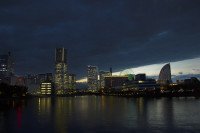
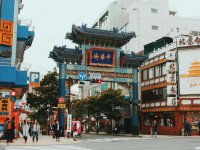
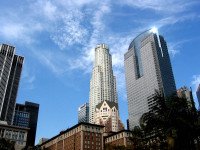

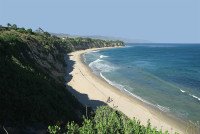
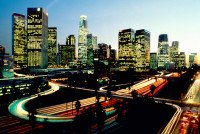
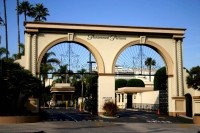
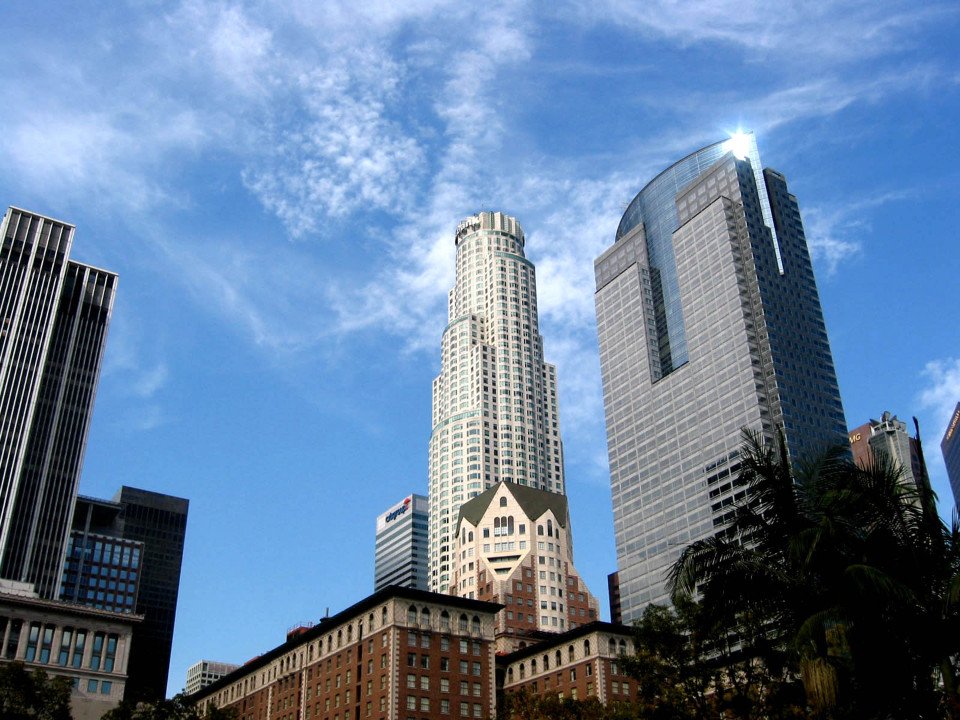
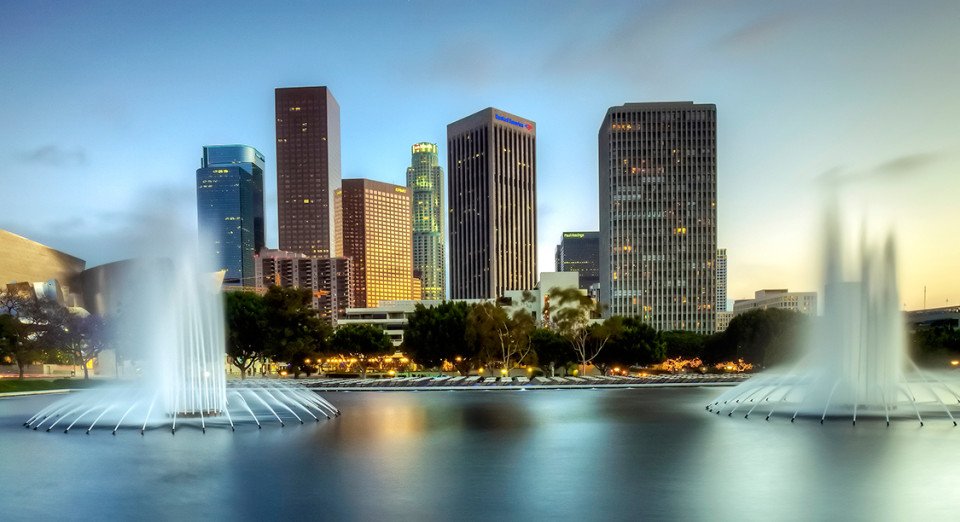

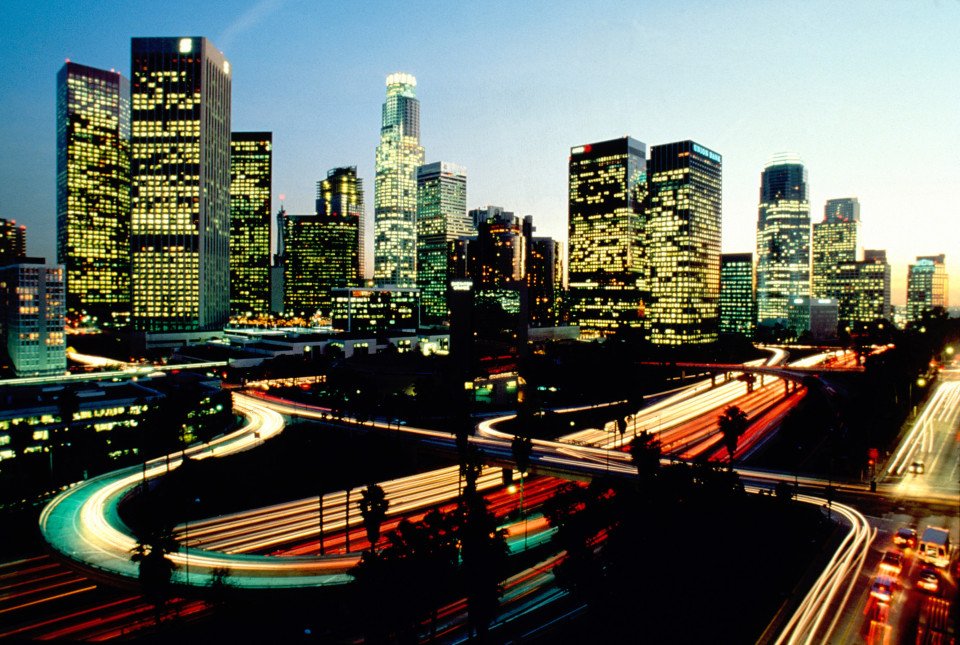
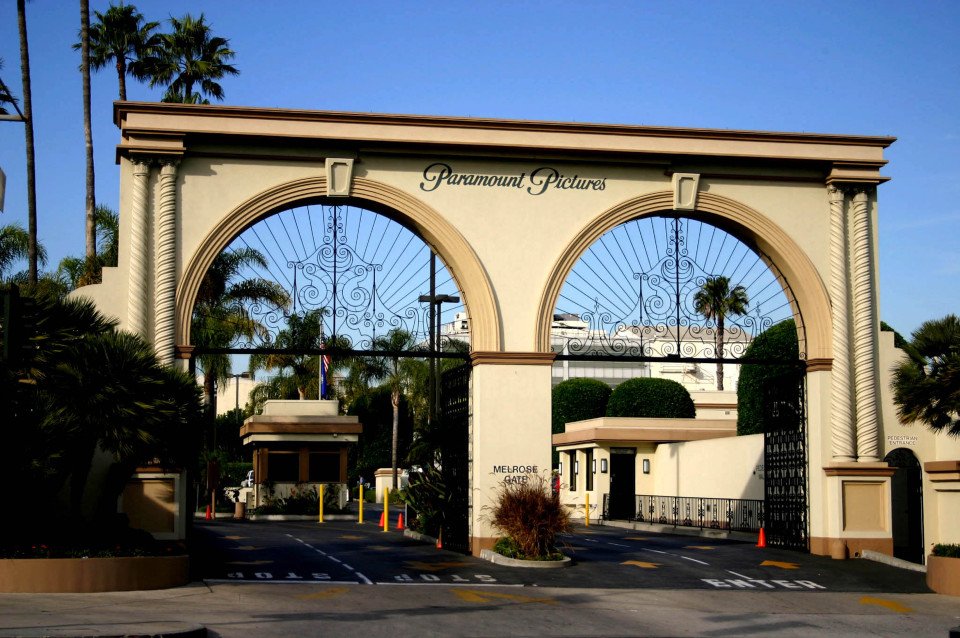



-large_thumb.jpg)






